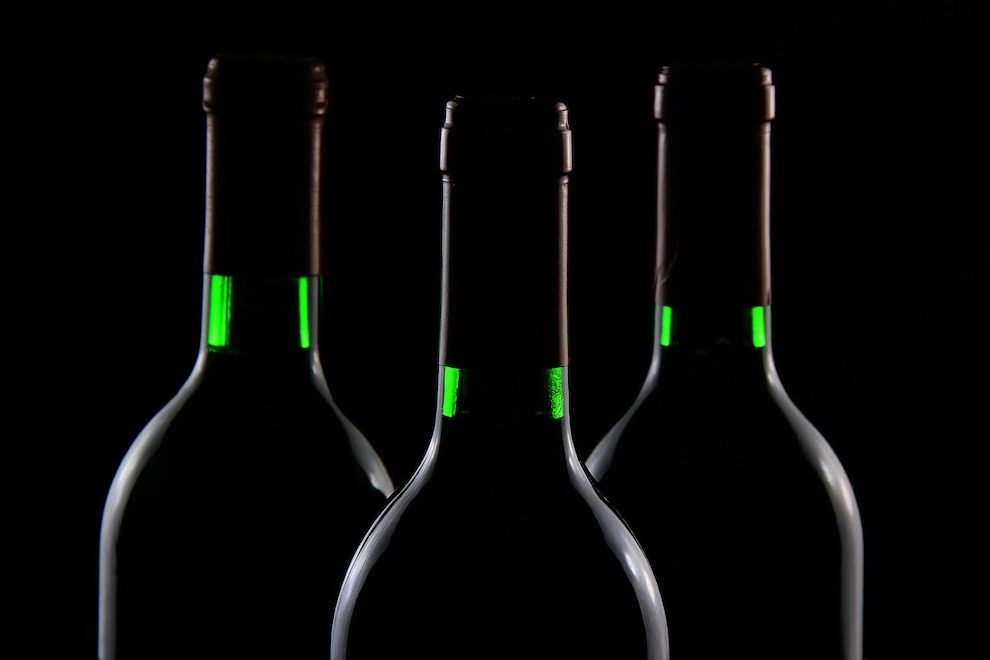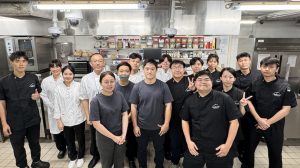Name 5 things you immediately associate with France. Perhaps the Eiffel Tower? The Louvre Museum? Gourmet food? High-end fashion? Since you are reading this column, I am almost certain that French wine will be on your list too. For many consumers, French wines have a magical, spell-like power: they are often the first stop when browsing a wine shop’s aisles looking for a bottle to offer to a good friend, or when ordering from a long wine list in a fancy restaurant on a first date, or the first choice for a wine served at an official business dinner.
France is arguably the most important wine country in the world. It is not only the native land of most of the ‘noble’ grapes that are now grown internationally – namely Cabernet Sauvignon, Merlot, Pinot Noir, Chardonnay and Sauvignon Blanc – but it is also home to some of the most sought-after wines on the planet. Even for those that do not drink wine, names such as Château Lafite Rothschild, or Dom Pérignon in the world of champagne, are likely to ring a bell.
There is a whole ecosystem dedicated to the trading of French fine wines. For example, the famous annual ‘en primeur’ campaigns – essentially ‘wine futures’ similar in nature to trading in other commodity futures (such as crude oil) – often capture the world’s attention with record-breaking trading prices for top Bordeaux and Burgundy wines.
En primeur refers to the process of buying wine while it is still in the barrel. Wine samples are drawn from the barrels and are tasted by wine merchants and renowned wine critics. The wine is then offered to buyers on the promise of physical delivery at a later date, usually 2 to 3 years after the vintage’s release. This system provides winemakers with the cash flow they need to sustain their operations, as wines cannot be made and sold overnight. Otherwise, wine producers would only be able to recoup their years of investment when the wines were finally bottled after a long ageing process, and sold.
For consumers, en primeur presents an annual opportunity to buy fine wines at an attractive price, as market demand and intermediate margins are likely to push up the respective prices of these wines over time.
Investing in fine wines can take many forms. There is an online trading platform for fine wines called Liv-ex (The London International Vintners Exchange), tracking real-time transaction prices. It also provides Liv-ex indices (https://www.liv-ex.com/news-insights/indices/) for investors’ reference, very much like the Dow Jones or Nasdaq indexes for company stocks. There are even fine wine investment funds available to investors.
Although en primeur sales and valuations via the Liv-ex indices are not exclusive nowadays to French wines, the latter undoubtedly still dominate such schemes. To draw an analogy, French fine wines such as those from Domaine de la Romanée-Conti, trading in the range of MOP100,000 a bottle, are very much like Ferrari or Lamborghini supercars: they are expensive, rare and famous, but also simply out of reach for the majority.
Parlez-vous français?
Fortunately, as the second-largest producer of wine in the world, France has a lot more to offer than just expensive premium wines. Often, many lesser-known regions or producers offer wines of exceptional quality and at an affordable price, although searching for such a wine can be a challenging experience for many consumers.
Interpreting French wine labels alone can be an overwhelming process, as they are not the most consumer-friendly things, to say the least. Such wine labels are often only written in French and without many descriptors of the wine itself. One must learn to interpret a key piece of information on the label – the appellation – which implies critical details of the wine such as the grape varieties used, the style of the wine, etc. This practice has to do with the French wine laws which are very strict on wine labelling.
The Institut national de l’origine et de la qualité (INAO) is the government agency under France’s Ministry of Agriculture responsible for the appellation d’origine controlee (AOC) scheme, the system for classification of French wines, and the counterpart European Union-wide system for classifying origin of wines, the appellation d’origine protégée (AOP) scheme. The AOC/AOP combined system when applied to France not only indicates a designated wine-producing area in that nation, but also represents a particular style and quality of wine.
The different AOC/AOP appellations are named according to the area in which specific wines are made. To be able to use the AOC/AOP designation on a wine, the winemaker must meet a comprehensive set of rules specified by the INAO. These include regulations on the grape varieties permitted for use in the wine’s production, minimum alcohol level, the length of ageing prior to release to the market, and the maximum yield of the vineyard, among other things.
In the past, average consumers might have needed a wine guru by their side to tell them about each appellation. Fortunately, with today’s smartphone technology and easy access to the Internet, a quick search using wine databases or search engine websites such as www.wine-searcher.com can provide consumers with most of the details needed for making a wine-purchase decision.
Technically speaking, a wine that features an AOC/AOP designation on its label should already belong to the highest quality tier among the 3 classification levels in France: AOC/AOP wines traditionally top those of the indication géographique protégée (IGP) and Vin de France designations. Wines with AOC/AOP designation are nonetheless widely available and are sold at a variety of price points. It is not difficult to find a bottle of AOC/AOP Bordeaux red at a local supermarket that retails for a mere MOP50, but quality-wise it is miles apart from the top fine wines that also bear an AOC/AOP designation. Therefore, the AOC/AOP system can be used as a starting point to understand the basics of French wine, but one must always keep in mind that the actual quality of a particular wine is highly dependent on the winemaker, not the appellation alone.
France might not be a very big country by area, but there is a lot of diversity to explore in its wine regions. Do not be put off by the sometimes-confusing appellation laws or labelling traditions. Making good use of resources available online can help consumers in successfully navigating this marvellous wine nation. In the coming months, the Wine Education Corner will be looking at some of the key winegrowing regions of France, and will be on the hunt for some quality bargains along the way.
This month’s recommendation:

- Name of wine: Château La Nerthe – Les Cassagnes – Rouge 2018
- Region/country of origin: AOP Côtes du Rhône Villages, France
- Grape variety: Grenache noir (60%), Syrah (30%) and Mourvèdre (10%)
- Price: HKD130
- Available at: Watson’s Wine (https://www.watsonswine.com)
- Official product details: https://www.chateaulanerthe.com/les-vins-10.html
- Tasting notes by the winemaker: This Grenache-Syrah-Mourvèdre blend has a dark and profound colour. It is a medium- to full-bodied wine with a very silky texture. It delivers a clean wave of aromas of red berries, and some very perfumed notes of ‘garrigue’ and sweet spices. The finish is very delicate and balanced.
- The verdict: Château La Nerthe is one of the most esteemed estates in the famous Châteauneuf-du-Pape appellation in the Rhône Valley. While its flagship wine retails for over HKD1,000 per bottle, it is truly a joy for bargain hunters to discover the estate’s entry-level red wine, produced by the same winemaking team as the top wine, but available at only an eighth of the price. This wine is very enjoyable to drink now, with grilled or roasted red meats such as roasted suckling pig, a rack of lamb with rosemary, or sizzling beef tenderloin medallions. For vegetarian options, consider tomato-based dishes such as ratatouille, or pasta in marinara sauce. This wine can also benefit from up to 5 years of further cellaring to release fully its potential.
By Mr. Oscar Man Cheng Ho
IFTM Lecturer in Wine Studies
WSET (Level 3) Qualification
Mr. Ho has since an early age been immersed in – and fascinated by – the world of wines. As a child, he was frequently to be found at his family’s restaurant, one of the city’s oldest establishments serving Portuguese fare and, of course, wine. It was only natural that his first job was in the wine trade. Mr. Ho joined IFTM as a lecturer in 2005 and has latterly taught wine-related courses. He also provides training and support to the student-led IFTM Wine Appreciation Club.









